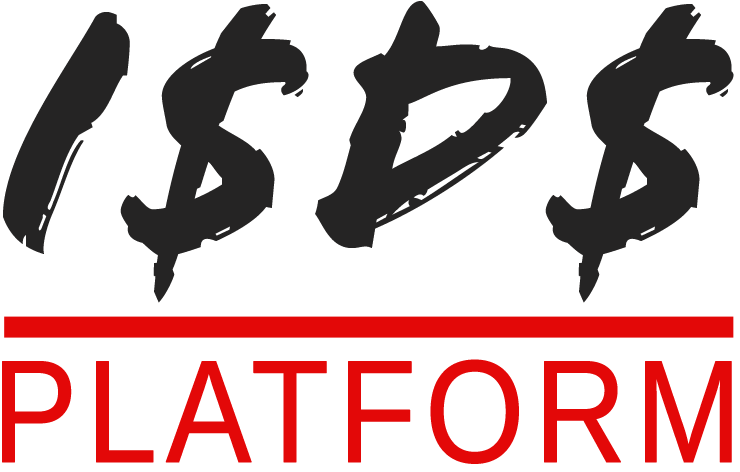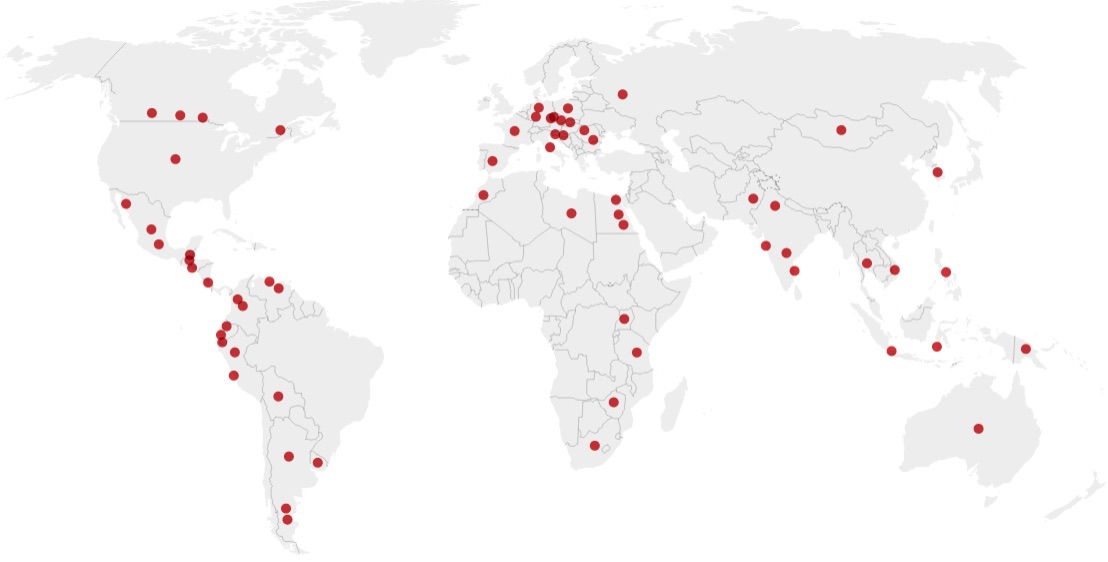All the versions of this article: [English] [français]
The Independent | 4 December 2015
Muammar Gaddafi’s personal jet grounded in France: from the heights of luxury to a barbed-wire limbo
by Cahal Milmo
Drivers barrelling along the D117 road past the Aéroport de Perpignan-Rivesaltes have grown used to the sight of the strikingly liveried Airbus parked next to the barbed-wired boundary for much of the last three years.
At 60 metres in length the A340 is one of the world’s larger jetliners. When it first landed at the airport in south-west France in 2012, it bore an enigmatic emblem on its tail of “9999” – along with a scattering of bullet holes. These days the logo has been replaced by the stylised flag bearing a crescent moon that announces it as the property of the state of Libya.
After the country’s civil war, countless Libyan aircraft crossed the Mediterranean in search of sanctuary. But as a symbol of grotesque luxury none matches Airbus 5A-One. Bought in 2006 from a Saudi prince for $120m, 5A-One was Muammar Gaddafi’s personal jet. And it is tricked out with all the baubles that any self-respecting despot would demand – silver leather sofas, a jacuzzi, a private cinema, a double bed and 50 first class-style seats in the back for a kowtowing entourage.
But it’s not just its Bond villain interior that sets it apart, or the fact that its owners include the former Libyan dictator butchered by his compatriots in his hometown of Sirte in 2011. The jet has another claim to notoriety: it is among the most legally contested aircraft in history.
Since being built in 1996, 5A-One has been owned not just by Libya’s Brother Leader but by two of the planet’s most high-profile plutocrats; and it has been at the centre of accusations from profligacy to subterfuge in at least seven separate lawsuits heard in courts from London to Cairo.
The latest chapter in this twisting legal saga was written this week when a French judge ruled that the aircraft was the sovereign property of Libya and so could not be seized by the latest claimant to its ownership, the Al Kharafi Group, a Kuwaiti conglomerate with interests from fertilisers to Krispy Kreme doughnuts.
The family-owned firm secured a ruling in Cairo two years ago that it was owed €935m as a result of a broken contract with the Gaddafi regime to build a beach resort in Libya. Lawyers for the Kuwaiti company sought the seizure of the jet, which they valued at €62m, as a down payment on the debt. But the French high court in Perpignan ruled that since 5A-One can be described as “presidential” equipment it benefits from sovereignty immunity and cannot be seized.
Read also: Mohamed Abdulmohsen Al-Kharafi & Sons Co. v. Libya and others, Final Arbitral Award
Carole Sportes, a Paris-based lawyer representing the internationally recognised Libyan government in Benghazi, said: “It is very satisfying to see the judge has recognised the fact that this plane, which belongs to the Libyan state, has immunity from being seized.”
Unsurprisingly for an object pored over by legal minds for much of its existence, the ruling is unlikely to end the courtroom wrangling. Rémi Barousse, the lawyer representing the Al Kharafi Group, told The Independent that he is considering appealing against the ruling, but he added: “For now, the plane remains at Perpignan.”
It is a peculiar quirk of Perpignan-Rivesaltes airport that 5A-One is not the only pale imitation of Air Force One to be found in front of the hangars of EAS Services, the company subcontracted to maintain Gaddafi’s jet while its ownership is resolved. Among the other jets lingering on the asphalt is the Boeing 727 of the President of Benin, who reputedly refuses to set foot in the 1970s relic, and another presidential 727, this time belonging to Mauritania, which arrived in 2004.
But there can be little doubt that 5A-One has by far the most colourful – and cursed – history of this bizarre, static display of avionic luxury.
When the jet arrived in Perpignan in August 2012, its pilots were forced to fly at barely a third of the usual cruising altitude, in a depressurised cockpit, and with the landing gear down. This was to ensure it was not torn apart by the bullet holes shot into the fuselage a year earlier, when it was captured by anti-Gaddafi rebels; these later formed one of the two rival governments that now compete to hold Libya together, in the face of squabbling militias and increasing threats from a franchise of Isis.
At a cost of £2.1m, the jet has been restored to flight worthiness, its “9999” paint scheme (a nod by Gaddafi to the creation under his tutelage of the African Union on 9 September 1999) replaced and its engines periodically fired to ensure it will be able to fly once any owner – old or new – pays the outstanding bill. Eye-watering expense has been its byword ever since 5A-One was wheeled out of the Airbus factory in Toulouse and delivered to Prince Jefri Bolkiah, brother of the Sultan of Brunei, whose contributions to human achievement include the purchase of a luxury yacht named “Tits” with its twin tenders “Nipple 1” and “Nipple 2”.
The prince, who denied claims that he embezzled $14.8bn from Brunei’s oil fund, spent $250m on the new A340 before it was seized and sold for a bargain $90m to Prince Al-Waleed bin Talal bin Abdul-Aziz Al Saud, a nephew of the former Saudi king Abdullah and one of the world’s richest men. When Prince Waleed, whose assets include the Savoy Hotel, found himself with an excess of jacuzzi-fitted jets in 2006, he offered it (or a potentate-friendly Boeing) to Gaddafi, who chose the Airbus after protracted negotiations.
The transaction spawned another legal dispute when Daad Sharab, a Jordanian businesswoman who acted as an intermediary on the deal, sued Prince Waleed in the High Court in London in 2013, for allegedly reneging on an agreement to pay her £6.5m in commission. Ms Sharab won her case after the judge accepted her account over that of the Saudi prince.
Under Gaddafi’s ownership, 5A-One was flown around the world as the Libyan dictator engineered a delicate thaw in relations with the West. In 2009, it arrived at Glasgow Airport to fly home the newly released Lockerbie bomber Abdelbaset Al Megrahi.
But its near four-year interlude at Perpignan, during which it has also attracted a lawsuit from the German airline Lufthansa, means 5A-One, the self-styled flagship of the Libyan people, has now spent more time on a French taxiway than in their service.
For now, it seems the Airbus will remain where it is – a sobering emblem of one man’s hubris and the wrangling over the remaining assets of the state that he brought to the brink of failure.



